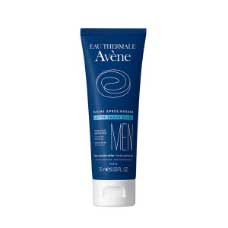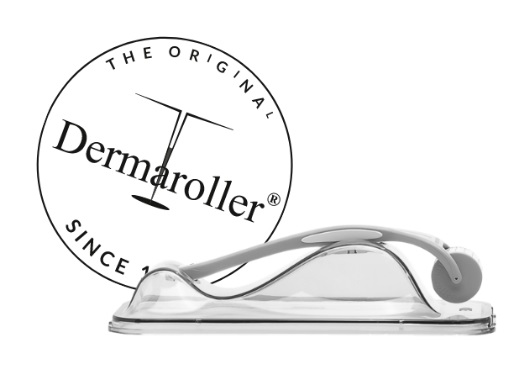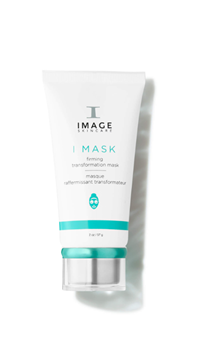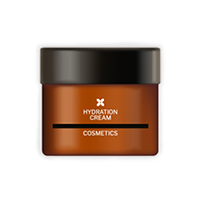From devices to injectables, experts reveal the non-surgical treatments that can lift, firm and refresh like a facelift

There was a time when the only way to truly lift and tighten the skin would be by way of a scalpel, but thankfully times have changed, and technologies have progressed. “With regenerative injectables, energy-based devices and active-packed skincare it’s now possible to restore volume, tighten and improve skin quality, blurring the lines between surgical and non-surgical treatments,” explains EV Expert, Advanced Aesthetician and Ace Skin Clinic Founder, Corina Mihalache.
However, with more and more celebs sporting incredible facial transformations thanks to (rumoured) surgery, the question is, can these non-surgical options really compete with the results of a facelift? We asked three EV experts to share their thoughts on the matter...
What ageing does to the skin
Collagen, the protein that keeps skin firm, starts declining by around one per cent a year from our 20s. Elastin, responsible for our skins' spring-like quality, stops being produced in meaningful amounts after early adulthood. EV Expert and Thames Skin Clinic Founder, Dr Anna Hemming, points out that by the time you reach your 40s, these slow, invisible losses add up.
“Cell turnover slows, hydration drops, and the supporting fat pads and bone structure begin to shift,” says Hemming. “That combination means the face starts to look flatter, less firm and more hollow, while the surface becomes thinner, more pigmented and prone to fine lines.”
Hormonal shifts only accelerate the process. As
oestrogen falls during perimenopause, the skin’s ability to hold on to moisture and collagen declines, leaving it drier, thinner and less elastic. “This is often when patients notice sagging around the jawline, deepening folds from the nose to mouth, and cheeks that don’t sit as high as they once did,” adds EV Expert and Director and Medical Practitioner at Dr Raquel Skin & Medical Cosmetics, Dr Raquel Amado.
How close can you get without surgery?
For decades, facelifts were thought of as an option for people to consider in their 50s or 60s, once
sagging skin and wrinkles had taken over. But the trend has shifted: increasingly, celebrities are rumoured to be turning to surgery in their 40s, when the changes brought on by ageing are still pretty subtle, which makes for more natural-looking yet impactful results.
Still, not everyone wants to go under the knife, which has made the appetite for non-surgical alternatives even stronger during this ‘facelift era’. While no device or
injectable can really match the permanence of a facelift, the treatments on offer in clinics around the globe are giving them a run for their money—particularly for those with mild to moderate laxity.
“The secret lies in stacking rather than relying on one single magic bullet—mild to moderate sagging, softening contours and the first signs of
jowls respond well to a layered approach, combining tightening, volumising and regenerative treatments," shares Hemming. "When you stimulate collagen, refine texture and restore lost volume all at once, the effect can be dramatic in its own right. You won’t achieve the permanence of a facelift, but you can absolutely restore definition and freshness in a way that makes people comment you look good without knowing why."
EV Experts' go-to non-surgical “facelift” treatments
High-intensity focused ultrasound (HIFU)
HIFU is one of Mihalache’s go-to treatments for clients wanting a decent lift without the downtime. “It uses ultrasound energy to reach the SMAS layer—the same layer surgeons target during a facelift,” she says. “By creating tiny points of controlled heat, the treatment contracts existing collagen and triggers new production. Over the next three months, you’ll notice the brow lift slightly, the jawline sharpen, and the neck appear smoother.” Results typically last 12 to 18 months, with annual maintenance recommended. “It’s nature’s own facelift, gently nudged by technology,” says Mihalache.
Radio frequency microneedling (RF microneedling)
For Hemming,
RF microneedling is the multitasker of skin rejuvenation. “It combines the collagen-inducing effect of microneedling with the tightening power of radio frequency," says Hemming. "Tiny needles create micro-channels, while heat penetrates deep into the dermis—this results in both structural tightening and surface refinement. Wrinkles soften, pores shrink, scars fade, and overall tone improves." She also often pairs the treatment with regenerative actives delivered through the micro-channels. “That way you accelerate repair and enhance glow. Results build over three to four sessions, and maintenance every year keeps skin firm and smooth,” she explains.
Exosomes
Exosomes are among the most exciting regenerative tools, according to Mihalache. “They’re microscopic messengers packed with growth factors and peptides that tell skin cells to behave like younger versions of themselves,” says Mihalache. “When applied after treatments like RF microneedling or lasers, they accelerate healing, reduce inflammation and drive new collagen and elastin production. Clients notice an improvement in firmness and a radiant, more even complexion."
Dermal fillers
Volume loss is one of the biggest culprits of facial ageing, and hyaluronic acid
dermal fillers remain the fastest way to replace fat and bone loss. “When we strategically restore volume in the cheeks, temples and jawline, the skin is repositioned upwards, folds soften, and the whole face looks lifted,” says Hemming. “It’s instant, customisable, and reversible if needed, and when done well, it delivers a youth boost that’s almost impossible to detect,” reveals Hemming.
Biostimulators
For those who dislike the idea of filler (especially if you want a facelift further down the line, as surgeons say lingering filler can make the surgery more complex), Amado often turns to
biostimulators like Sculptra, Radiesse, and
Ellansé. “These injectables encourage your body to rebuild collagen and elastin over time, so the lift develops slowly and looks incredibly natural,” says Amado. Skin feels firmer, thicker and more resilient and effects can last more than two years, especially when combined with other treatments and a religious active-packed skincare regime.
Fotona 4D laser
The Fotona 4D device employs a combination of lasers to lift and resurface. “One part is delivered inside the mouth to stimulate collagen in the nasolabial folds, while another deeply heats the dermis to tighten, and a final pass resurfaces fine lines and pigmentation,” says Amado. “It’s a layered approach that addresses both laxity and surface texture. The result is firmer
mid face contours, smoother skin and softened folds, with little downtime. Touch-ups every year or two maintain the lift.”
Regenerative skincare
No treatment plan is complete without a strong at-home
skincare routine. “Medical-grade actives like retinoids, peptides and antioxidants are what support the skin daily and preserve the results of in-clinic work. Think of it like building on solid foundations—without them, the best treatments won’t last,” says Hemming.
The verdict: can you fake a facelift?
So, can you really fake a facelift? Yes and no. Surgery still offers the most dramatic repositioning of the skin that no injectable or device can replicate, especially if signs of ageing are pronounced. But for those in their 30s and 40s with early signs of laxity, the right blend of treatments can offer a fresher, more defined look without a scalpel. But there is a catch—
you need to be committed, says Mihalache. “Unlike a surgical lift that lasts a decade or more, non-surgical rejuvenation is an ongoing process, with regular top-ups and layered treatments needed to preserve results. It’s not about chasing youth per se, but rather making the years ahead look and feel their best.”
 There was a time when the only way to truly lift and tighten the skin would be by way of a scalpel, but thankfully times have changed, and technologies have progressed. “With regenerative injectables, energy-based devices and active-packed skincare it’s now possible to restore volume, tighten and improve skin quality, blurring the lines between surgical and non-surgical treatments,” explains EV Expert, Advanced Aesthetician and Ace Skin Clinic Founder, Corina Mihalache.
There was a time when the only way to truly lift and tighten the skin would be by way of a scalpel, but thankfully times have changed, and technologies have progressed. “With regenerative injectables, energy-based devices and active-packed skincare it’s now possible to restore volume, tighten and improve skin quality, blurring the lines between surgical and non-surgical treatments,” explains EV Expert, Advanced Aesthetician and Ace Skin Clinic Founder, Corina Mihalache.
 Added to basket
Added to basket

 Unapplied Changes
Unapplied Changes



















